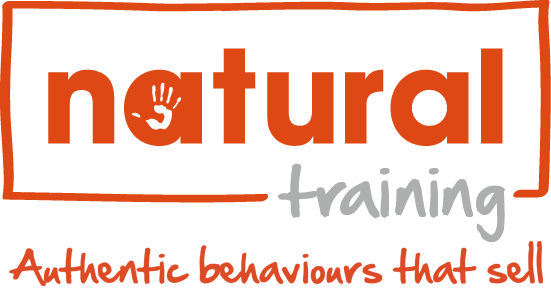Why does great proposal writing require a publisher’s eye? Read on and you’ll find out. If you still haven’t read the first half of this blog, click here.
…Be ruthless
Try this exercise to get your mindset into that of a publisher. Take the last proposal that you completed and read it through. Now, imagine you can only make FOUR points in the offer part of the document – what would you lose and what would you keep? How and why have you valued your messages in the way that you have?
It’s this kind of ruthless discipline that keeps proposals tight, compact and bursting with energy for the reader. And, it’s this kind of discipline that removes endless pages of waffle and trash that customers become bored of reading.
Need more structure? Use the following key elements to inject some life into your proposal:
1. Captivating cover
Again, get into the mindset of a publisher. Would a newspaper run the same front cover two days in a row? No, of course not. The reason being they MUST come up with something fresh and new otherwise their readers will move on somewhere else. Give your document that exclusive feel, make it look and feel important. How do publishers know that their covers will excite their readers? Simple. They know their readers. If you’ve probed and asked the right question all the way up to the proposal stage, you’ll know what kind of cover will excite your potential customers.
2. Punchy executive summary
Include a short, smart recap of discussions, conclusions and needs. This is your chance to demonstrate that you listened and absorbed the finer details of your discussions. There may be five other sales professionals writing and submitting proposals at the same time as you, this is your chance to impress and show how much you value the opportunity of working together. Keep it brief, yes, but pack it with detail at the same time.
3. Drawing out your solution
Present your agreed solution with diagrams and graphs. Diagrams are read more than lines of words, so straightforward and simple visual representation will work better than a wordy summary. Ask yourself this: Can it be digested in 60 seconds?
4. Pricing options
One way to help you pack in value to your offer is by laying out the pricing section with a range of choices. Offer prices in packages rather than a full price list – consider a ‘bronze, silver and gold’ package and make the offers clear and the contents of each package simple to navigate.
5. The ‘Prove it era’ of selling
Nowadays, reputations mean nothing without proof. Include testimonials from clients in the relevant industry. Depending on the format you’ve chosen – be creative! Why not link off to video testimonials, or host the entire document online (including the option to print-out pages where needed). Not tech-savvy? OK, don’t let that stop you from being creative with the content and the layout of the document. Even if you can’t get video testimonials from existing clients, you can still pick up the phone to them and ask three or four easy to answer questions that could give you a powerful testimonial that you can include in your proposal. A definite and positive testimonial is priceless in grounding the deal, and making it personal, natural, and real.
Here are some proposal style tips from Natural Training:
• Clear Headers
• Spaced Fonts (1.35 line spacing recommended)
• Clear Font (Calibri works well here)
False horizons. It’s not over until…
So you have put your proposal together, edited and re-edited, and sent the document over to the client. Job done?
Well, not quite. Sending the proposal is not the end of a sale. Don’t just sit back, content with your work and wait for the customer or prospect to come back to you. You’re at a crucially delicate stage in the sale, you’ve created all this great momentum and energy – don’t let it go. So here’s a great tip – probably the most valuable: send an Outlook “Read-Through” invite PRIOR to you sending the proposal. This keeps the energy in the process. You don’t want your proposal to be put to the side, which is so much easier with email too.
During this time both parties can interact and breathe life into the paper document. You can talk through highlights, and your customer can ask any further questions they may have. This is the best way to ensure you’re in contention for winning the contract. Remember – the proposal IS NOT the sale. The proposal is only a stage in the sale. YOU need to keep driving the sale.
In the video at the start of this article, Graeme Anthony had it right. He understands that his CV needed to be accessed by more of the people he was talking to, so thought of a way to remodel his proposal.
Unimaginative and laborious proposals are rife in the modern sales industry, and often undo much of the good work salespeople put in in the previous stages. Follow the above advice to engage, entice, and lock in your prospect!
Want to develop your proposal writing skills, or inject some excitement and engagement into the documents you send to potential clients? Advance your selling strategy with the sales training experts at Natural Training.
Call the team on 0207 043 1582 or email hello@naturaltraining.com. Remember, the Natural Sales Evolution is in stock with Amazon! Feel free to go online to order – you will have your new book in a day or two, just CLICK HERE.

